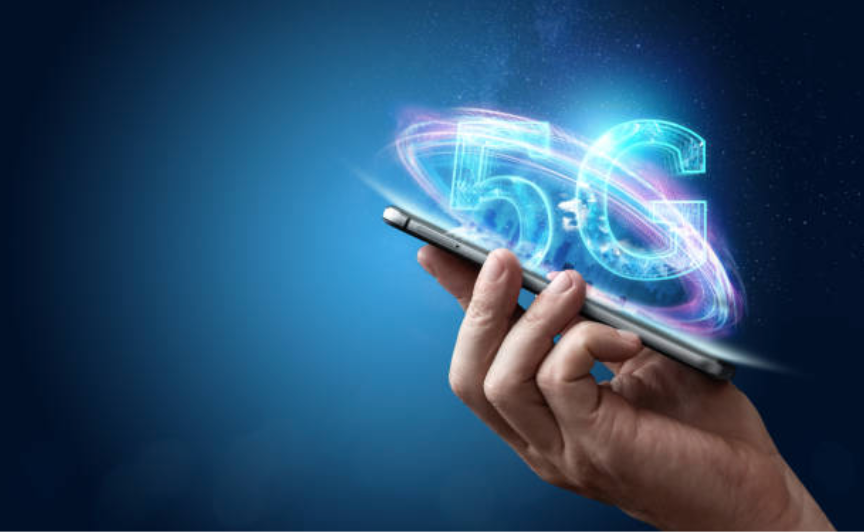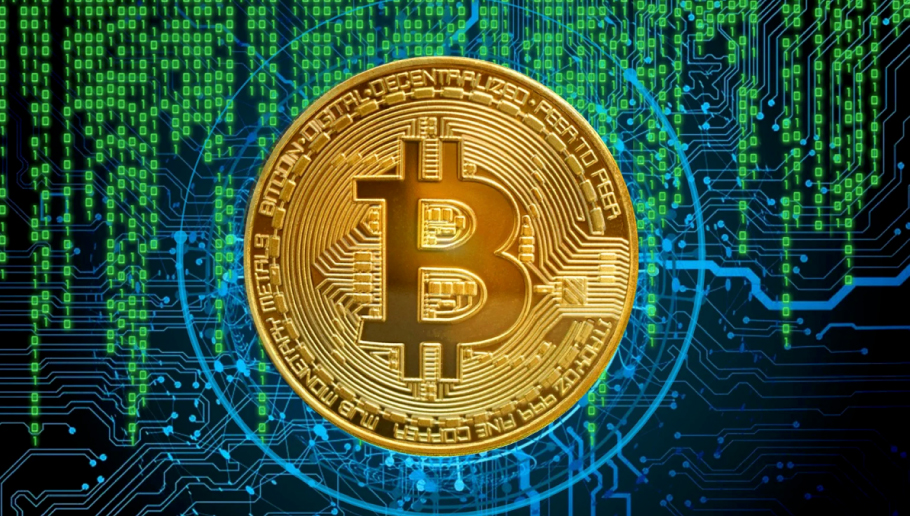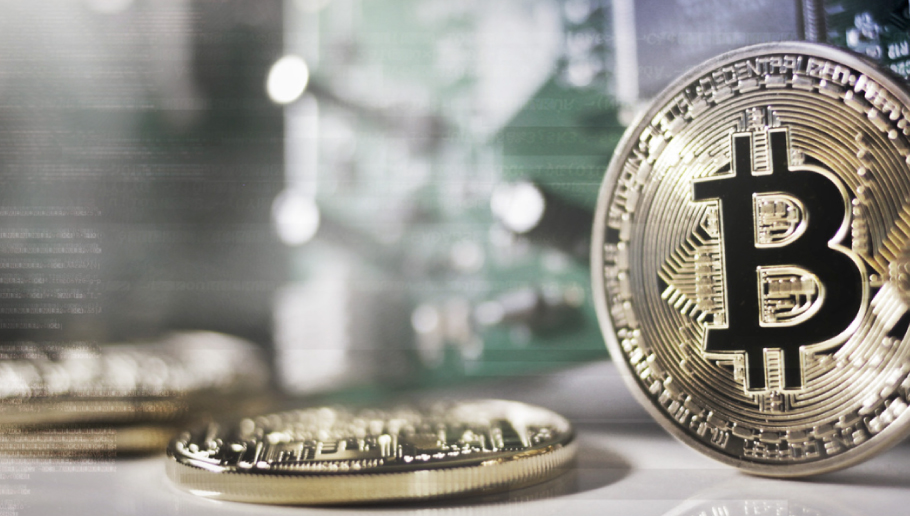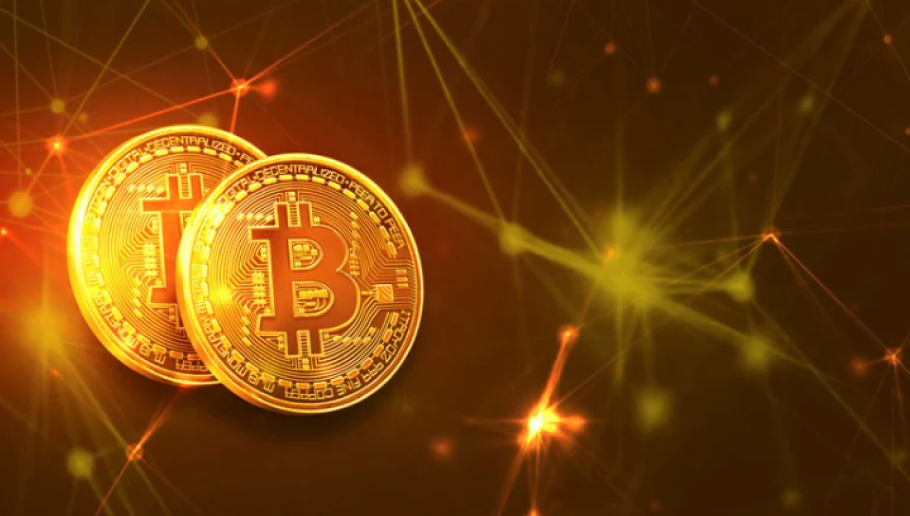The rollout of 5G is ongoing, with all the major wireless carriers endeavoring to expand their coverage across the U.S. And as vast as the implications promise to be for everyday people — a result of 5G’s crackling download speeds and minimal latency — they are that much greater for industry.
It is expected, in fact, that 5G (i.e., the fifth generation of wireless technology) will, in combination with the Internet of Things (IoT), usher in the Fourth Industrial Revolution — a.k.a., Industry 4.0. That manufacturing will be more efficient and supply chains more fluid. That retail shopping will be more personalized and smart cities more likely. That autonomous vehicles will become more commonplace and remote healthcare more widespread.
In short, the world could very well become more efficient as a result of this 5G/IoT marriage. Just consider the particulars — how 5G is 100 times faster than 4G, and offers latency that is 25 times lower. It is capable of supporting a massive number of devices at once, and is vastly more energy-efficient than its predecessor as well.
In truth, there are few industries that won’t be touched by 5G/IoT, as evidenced by the fact that the global Industrial IoT market, valued at $688 billion in 2019, is expected to explode by 2024, to $982 billion. (Other estimates have it exceeding the $1 trillion mark.) It will specifically impact such areas of industry as asset tracking, predictive maintenance, product quality and supply-chain management.
The impact of these technologies can be illustrated in the production of bladed disks (a.k.a., BLISKS), a crucial part of turbines most commonly found in jet engines. Precision is a must in the manufacturing of these items, as flaws can lead to engine failure and severe accidents. The use of sensors, which provide real-time information during the production process, ensure quality — and, in turn, profitability. In addition, increased efficiency reduces fuel consumption and the production of greenhouse gases. So there is a sustainability component as well.
How did we get here? Rewind to the 1980s, when first-generation wireless technology allowed for voice communication. 2G, which enabled texting, came along in the ‘90s, with 3G (featuring mobile broadband) available in 2000 and 4G (with ever-increasing speed) in 2010.
In the meantime, the IoT was gaining momentum. The term, coined by British innovator Kevin Ashton in 1999, showed some initial footing in industry about a decade later, but then became more commonplace in home and office settings, with the introduction of such things as smart thermostats, doorbells, lighting, etc. There are, in fact, more connected devices in the world today than there are people, and it is expected that there will be even more in the years ahead — as many as 41.6 billion of them by 2025, according to one estimate.
By the end of this year, there will be some 5.8 billion interconnected devices in industry (particularly the automotive industry) alone. More to come, to be sure. And in the meantime AT&T has taken root in dozens of U.S. cities, with Verizon, T-Mobile and Sprint making inroads as well. As mentioned, that will enable these devices to be faster, more efficient and more interconnected than ever before.






